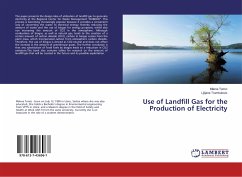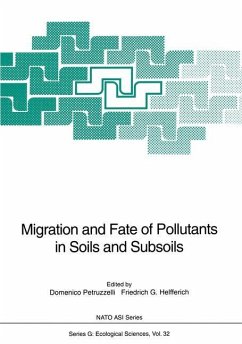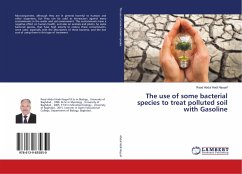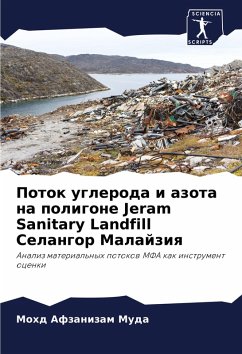
Use of Landfill Gas for the Production of Electricity
Versandkostenfrei!
Versandfertig in 6-10 Tagen
24,99 €
inkl. MwSt.

PAYBACK Punkte
12 °P sammeln!
The paper presents the design idea of utilization of landfill gas to generate electricity at the Regional Center for Waste Management "DUBOKO". This process is becoming increasingly popular because it provides a convenient way of converting the waste to electrical energy, thereby reducing the amount of waste and the use of biogas for energy purposes, whilst also not increasing the amount of CO2 in the atmosphere. Although combustion of biogas, as well as natural gas, leads to the creation of a certain amount of carbon dioxide (CO2), carbon in biogas comes from the plant mass, which incorporate...
The paper presents the design idea of utilization of landfill gas to generate electricity at the Regional Center for Waste Management "DUBOKO". This process is becoming increasingly popular because it provides a convenient way of converting the waste to electrical energy, thereby reducing the amount of waste and the use of biogas for energy purposes, whilst also not increasing the amount of CO2 in the atmosphere. Although combustion of biogas, as well as natural gas, leads to the creation of a certain amount of carbon dioxide (CO2), carbon in biogas comes from the plant mass, which incorporated carbon from atmospheric carbon dioxide. Therefore, the use of biogas is viewed as CO2-neutral and does not affect the increase in the amount of greenhouse gases. The further conclusion is that any substitution of fossil fuels by biogas leads to a reduction in CO2 emissions.The book also contains tables for research on the amount of landfill gas that will be created in the future and its possible exploitation.












